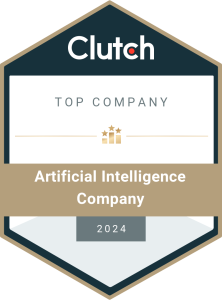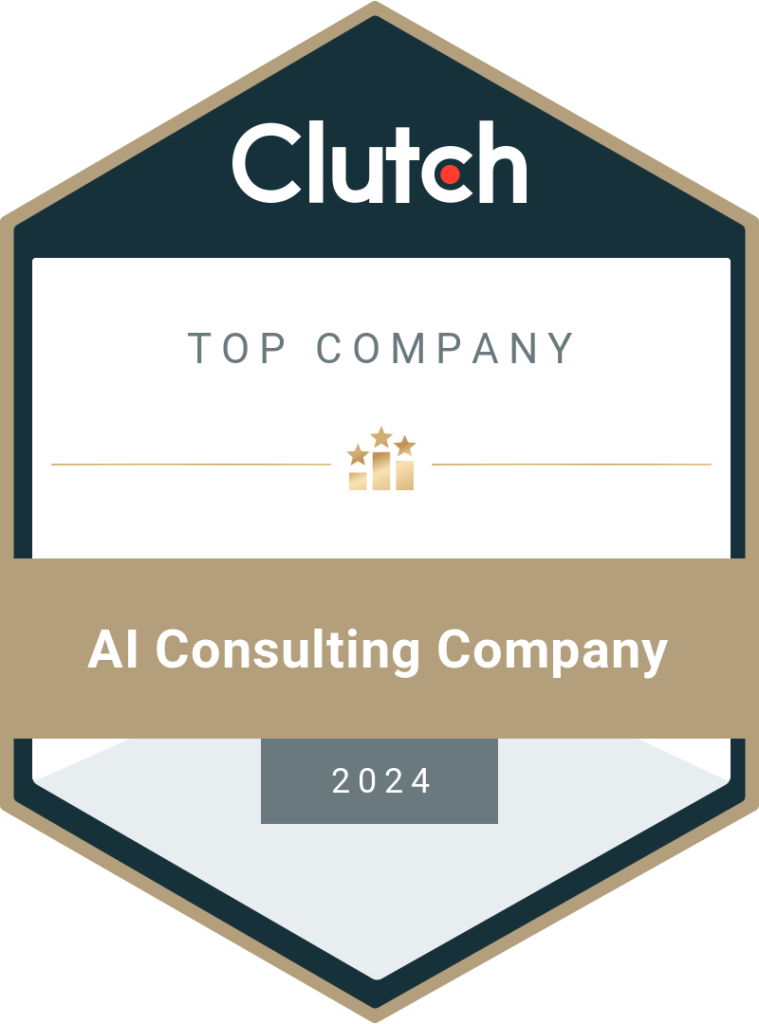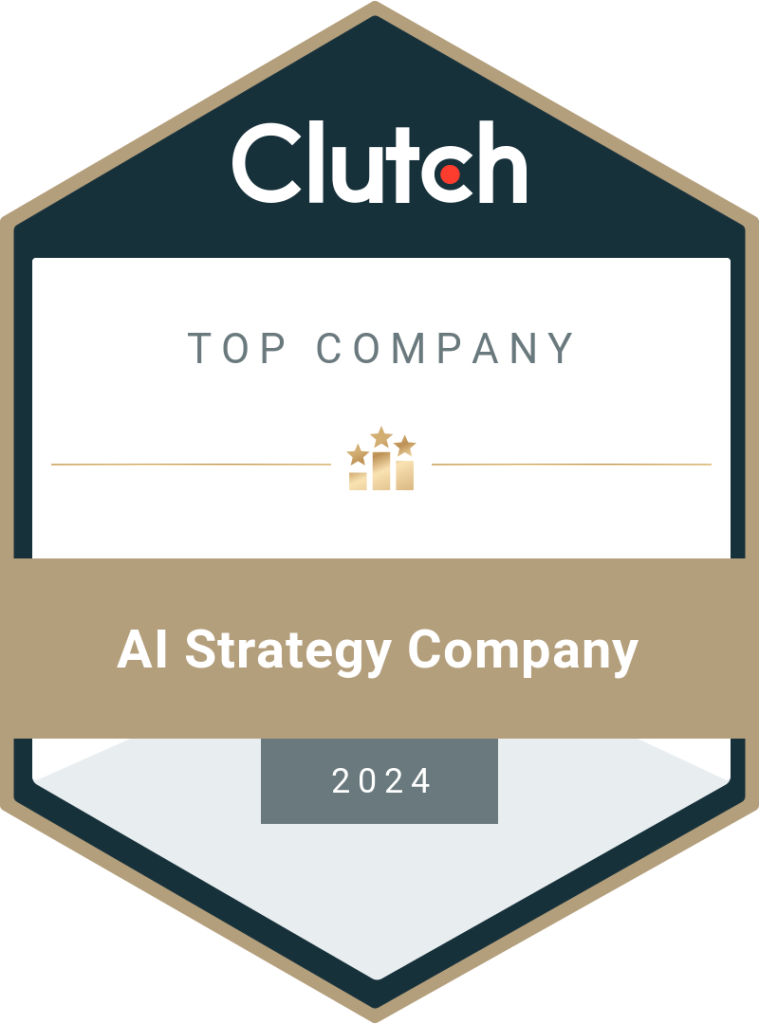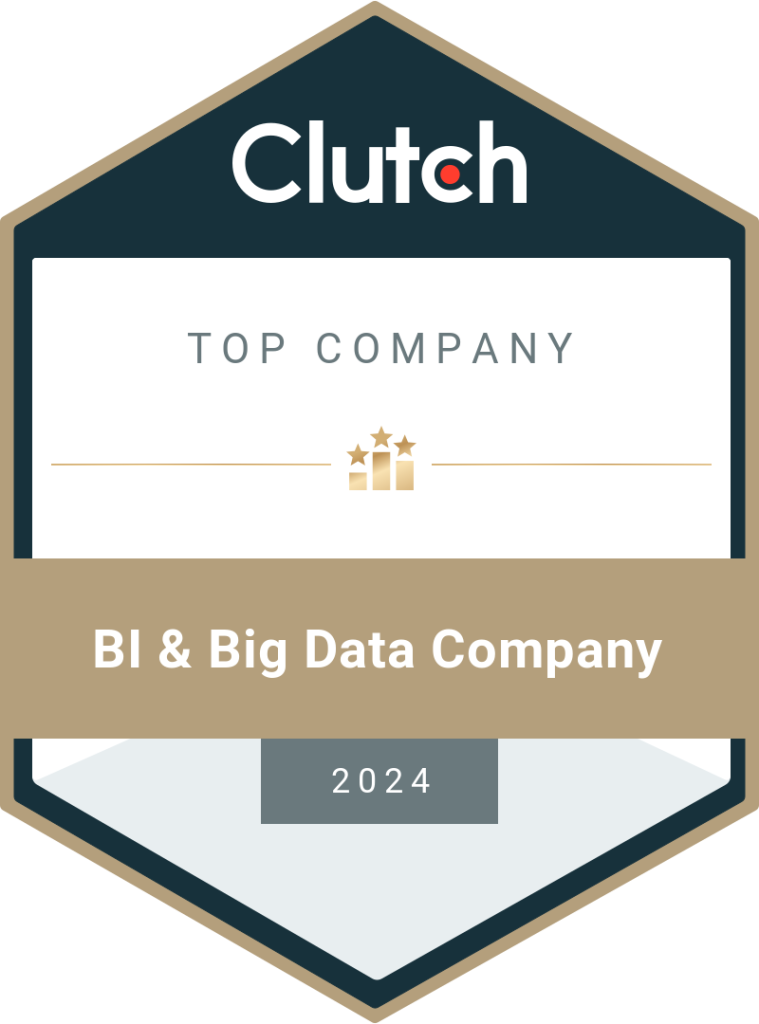Everything You Need to Know About Large Language Models
Large language models use NLP and deep learning technologies to deliver personalized and contextually relevant output for the given input. LLMs are powerful, robust, and useful to an enterprise. Here, we’ll discuss the benefits, challenges, applications, and examples of LLMs. Artificial intelligence is growing leaps and bounds in recent times. Generative AI brought a revolution and disrupted the global industry. The top brands are following suit by investing heavily in AI and large language models to develop customized applications like ChatGPT. According to a Verta, Inc. survey, 63% of business organizations plan to continue or increase their budgets for AI adoption. Based on a report by Juniper Research, ML spending has increased by 230% between 2019 and 2023. Large Language models are being extensively researched and developed by universities and leading multinational brands in the international world. While there’s no denying the heavy expenses required to implement LLMs in an enterprise, it cannot be ignored either. LLMs are proving to be beneficial on many fronts. From R&D to customer service, large language models can be used for a variety of tasks. In this blog, we’ll find out everything we know to know about AI large language models. What is Meant by Large Language Models? A large language model is typically an AI algorithm that uses artificial neural networks to process and understand inputs provided in the human language or text. The algorithms use self-supervised learning techniques by analyzing massive data in various formats and understanding the patterns, context, etc., to provide a relevant output as the answer. LLMs can perform tasks like text generation, image generation (from text), audio-visual media generation, translating text, summarizing input, identifying errors in code, etc., depending on how and why it has been developed. The models can converse with humans and provide human-like answers. Large language models essentially use deep learning and natural language processing technologies to understand complex entity relationships and generate output that is semantically and contextually correct. However, developing an LLM from scratch is cost-intensive and time-consuming. Large Language Model consulting companies work with open-source LLMs and train them with the client’s proprietary data to fine-tune the algorithm as per the business requirements. Enterprises can adopt LLM applications in a quick time and gain a competitive advantage. What are the Parts of a Large Language Model? An LLM has a highly complicated architecture with various components, technologies, and connections. However, the following parts are important in building a large language model for a transformer-based architecture: 1. Input Embeddings The input text is transformed into individual words and sub-words in a process called tokenization. These tokens are embedded in a continuous vector representation. The semantic and syntactic information of the input is captured here. 2. Positional Encoding This part deals with providing the position of each token based on the input. This ensures that the model understands the input in sequential order to retain its meaning and intent. 3. Encoder Encoder analysis is based on the neural network technique. An LLM will have multiple encoder layers. These are the core of the transformer architecture and have two stages – self-attention mechanism (identifying the importance of tokens based on attention scores) and feed-forward neural network (capturing interactions between the tokens). 4. Decoder Layers Not all LLMs have a decoder layer. However, the decoder enables autoregressive generation for the model to generate the output based on the tokens. 5. Multi-Head Attention Multi-head attention is where several self-attention mechanisms are run simultaneously to understand all possible relationships between the tokens. This allows the model to interpret the input text in multiple ways (useful when the text is vague). 6. Layer Normalization Applied to each layer in the LLM, this part stabilizes the learning process of the algorithm and makes the model more effective in generating a more generalized output for various inputs. 7. Output Layers The output layers change from one LLM to another as they depend on the type of application you want to build. Benefits of Using Large Language Models Now that you know how large language models work, let’s look at the advantages of implementing LLMs in an enterprise. 1. Adaptability Large language models can be used in different departments for varied tasks. You can fine-tune the model with different datasets and change the output layers to deliver the expected results. LLMs can be used for numerous use cases. Businesses can develop more LLMs based on the core model and add more layers to expand it and use the applications across the enterprise. Over time, the LLMs can be adopted throughout the organization and integrated with the existing systems. 2. Flexibility Even though LLMs are yet to reach their full potential, they are already flexible and versatile. You can use an LLM application for content generation, media generation (image, audio, video, etc.), classification, recognition, innovation, and many other tasks. Furthermore, the models can process input of any size (from a single line to hundreds of pages of text). You can deploy the models in each department and assign different tasks to save time for your employees. 3. Scalability Large language models can be expanded as the business grows. You don’t have to limit the role of LLMs in your enterprise as the business volume increases. The applications can be scaled to accommodate the changing requirements. They also can be upgraded with the latest technologies and datasets to continue providing accurate and relevant results. LLMs are easy to train as they can read and process unstructured and unlabeled data. There’s no need to spend additional resources on labeling data. However, low data quality can lead to inaccurate output and inefficient applications. 4. Performance LLMs are robust, powerful, and highly efficient. They can generate responses in near-real-time and have low latency. Using an LLM application saves time for employees. It allows them to use the results right away and complete their tasks. For example, an employee doesn’t have to read dozens of pages to understand the content. They can use LLMs to summarize the information and read only the important points that
Read More






